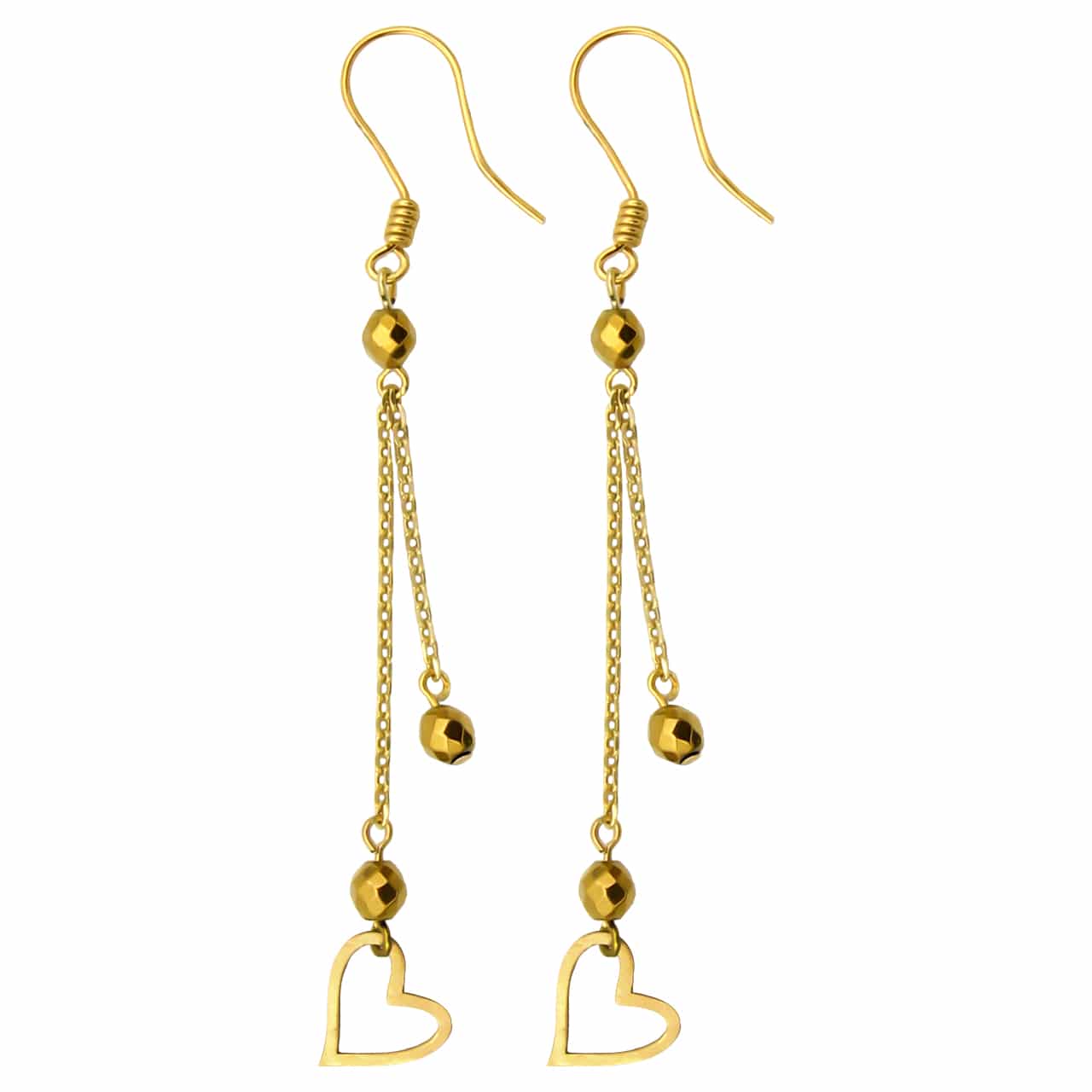1. Identifying and Selecting the Right Micro-Influencers for Niche Campaigns
a) Analyzing Niche-Specific Engagement Metrics and Audience Demographics
To pinpoint ideal micro-influencers, begin with a granular analysis of engagement metrics tailored to your niche. Instead of relying solely on follower counts, focus on average engagement rate (AER), calculated as (total likes + comments) divided by (number of followers), multiplied by 100%. Target influencers with an AER > 4%, which indicates active, invested audiences.
Complement this with demographic insights—age, location, interests—sourced from tools like HypeAuditor or Social Blade. Use these to verify alignment with your target market, ensuring the influencer’s followers match your ideal customer profile.
b) Using Advanced Search Tools and Filters to Find Highly Relevant Micro-Influencers
Leverage specialized platforms such as Influencer Marketing Hub or BuzzSumo with filters like niche hashtags, content topics, and engagement zones. For example, filter influencers by hashtags such as #SustainableFashion or #VeganCooking to discover those who consistently produce niche-relevant content.
Apply criteria like minimum engagement rates and content frequency to prioritize influencers who actively engage their audiences and produce fresh content regularly.
c) Evaluating Influencer Authenticity and Content Quality Through Manual Reviews and Tools
Avoid fake followers and engagement by conducting manual reviews: scrutinize recent posts for genuine interactions, comment authenticity, and content consistency. Use tools like Brandwatch or FollowerAudit to detect suspicious follower spikes or engagement anomalies.
Prioritize influencers with high-quality content production—professional visuals, coherent messaging, and niche-aligned storytelling—since these are indicators of authenticity and potential for deeper engagement.
d) Case Study: Selecting a Micro-Influencer in the Sustainable Fashion Niche
Suppose your goal is to identify a sustainable fashion influencer in Instagram’s eco-conscious community. Start by filtering users with niche hashtags like #EcoFashion or #ZeroWasteStyle. Analyze their engagement rates over the past three months, expecting >4%. Verify their audience demographics align with environmentally conscious consumers aged 25-40 in urban areas.
Manually review their recent posts for genuine sustainability messaging, such as transparent sourcing or eco-friendly materials, and confirm consistency. Use FollowerAudit to check for suspicious activity, ensuring their followers are authentic. This process yields a highly relevant, engaged influencer aligned perfectly with your campaign goals.
2. Crafting Personalized Outreach and Collaboration Strategies
a) Developing Tailored Outreach Messages that Resonate with Niche Influencers’ Values
Effective outreach hinges on personalization. Begin by referencing specific content or values they promote. For instance, if reaching out to a plant-based food influencer, mention a recent post about sustainable ingredients or community initiatives.
Structure your message as follows:
- Greeting & compliment: Highlight genuine appreciation for their niche content.
- Alignment statement: Connect your brand’s mission with their values, e.g., “Your commitment to eco-friendly living resonates with our sustainable product line.”
- Proposal outline: Clearly state the collaboration idea, emphasizing mutual benefit.
- Call to action: Invite for a quick chat or provide specific next steps.
b) Structuring Collaboration Proposals to Align with Influencer Content Styles and Audience Interests
Design proposals that mirror their content style—if their posts are candid and story-driven, suggest story takeovers or behind-the-scenes content. For influencers with aesthetic feeds, propose high-quality photo collaborations with clear branding guidelines.
Offer flexible deliverables, such as:
- Product reviews
- Giveaways
- Event coverage
- Co-created content series
Ensure each proposal emphasizes authenticity and aligns with their voice to foster genuine engagement.
c) Utilizing Automation Tools for Scalable Outreach Without Losing Personalization
Leverage tools like Hunter.io for email finding, or Lately for social media automation, to send personalized bulk messages. Use merge tags to customize each outreach with their name, niche, or recent content.
Set up sequences with delays and tailored follow-ups to maintain authenticity. Always review automated messages to ensure they sound genuine and relevant.
d) Practical Example: Crafting a Pitch Email for a Micro-Influencer in the Plant-Based Food Community
Subject: Collaborating with You on Delicious Plant-Based Innovations
Hi [Name],
I’ve been following your journey in the plant-based community—your recent post about vegan meal prep really resonated with us at [Your Brand], where we’re committed to sustainable, cruelty-free ingredients. We believe your authentic voice could beautifully showcase our latest line of plant-based snacks.
Would you be open to collaborating on a series of recipe features or product reviews? We’re flexible and eager to support your creative process.
Looking forward to hearing your thoughts!
Best regards,
[Your Name]
3. Designing Niche-Targeted Campaign Content and Deliverables
a) Co-Creating Authentic Content that Reflects Both Brand Messaging and Influencer Voice
Authenticity is king in niche audiences. Collaborate early in the content creation process by brainstorming ideas that integrate your brand seamlessly into their storytelling. For example, in a campaign targeting indie music fans, develop a concept like a “day-in-the-life” video featuring their favorite local artist, subtly integrating your product or message.
Use shared mood boards and content templates to align visual style and tone, but leave room for influencer creativity to maintain authenticity.
b) Defining Clear Content Guidelines, Including Hashtags, Mention Strategies, and Content Formats
Create a detailed brief highlighting:
- Hashtags: Use niche-specific tags like #EcoChic or #IndieVibes.
- Mention Strategy: Tag your official brand account and encourage followers to engage.
- Content Formats: Stories, reels, or blog posts, tailored to platform norms.
- Content Tone: Informal, community-focused, or educational, depending on the audience.
c) Incorporating User-Generated Content and Community Participation for Deeper Engagement
Encourage influencers and followers to share their experiences using branded hashtags. Create challenges or themes that foster community content, such as a “Zero Waste Style Challenge” in sustainable fashion campaigns, which promotes ongoing participation and authentic content generation.
d) Step-by-Step Guide: Developing a Content Calendar for a Micro-Influencer-Led Campaign in the Indie Music Scene
| Week | Content Type | Influencer Activity | Brand Support |
|---|---|---|---|
| Week 1 | Introduction Post | Influencer shares their favorite indie artist playlist, subtly featuring your brand’s logo on merchandise | Provide visual assets and key messages |
| Week 2 | Behind-the-Scenes | Share rehearsal or studio moments involving your product | Coordinate scheduling and content approval |
| Week 3 | Live Event Coverage | Influencer hosts a mini-concert or Q&A, tagging your brand and engaging followers | Set up live stream links and monitor engagement |
4. Executing and Managing the Micro-Influencer Campaign
a) Setting Up Tracking Mechanisms: Unique URLs, Discount Codes, and Engagement Metrics
Implement trackable links via Bitly or custom UTM parameters to monitor click-through rates. Assign exclusive discount codes (e.g., INDIE20) to influencers, enabling precise attribution of conversions.
| Tracking Element | Purpose | Implementation Tool |
|---|---|---|
| UTM Parameters | Source attribution in analytics | Google Analytics |
| Unique Discount Codes | Track conversions | Your e-commerce platform |
| Custom Landing Pages | Aggregate traffic and conversions | Landing page builder like Unbounce |
b) Coordinating Content Approval Workflows and Timelines
Establish a shared project management system—tools like Asana or Trello—to track drafts, feedback, and approvals. Set clear deadlines aligned with campaign milestones and buffer periods for revisions.
Implement a formal review process: influencer submits content, your team reviews for compliance and brand consistency, then provides detailed feedback. Use annotated documents or comment features within these tools for clarity.
c) Monitoring Real-Time Performance and Making Data-Driven Adjustments
Use dashboards like Google Data Studio or native analytics tools to monitor engagement, click rates, and sales in real time. Identify underperforming influencers or content early, and reallocate resources or tweak messaging accordingly.
For instance, if a post with a specific hashtag isn’t gaining traction, consider amplifying it with paid boosts or requesting influencer revisions for better alignment.
d) Case Study: Managing a Micro-Influencer Campaign for a Niche Skincare Startup—Tools and Tactics
A skincare startup targeted organic beauty enthusiasts. They used Hootsuite for scheduling posts, Google Analytics for traffic tracking, and Shopify with custom discount codes to track sales conversions. Regular check-ins via Slack ensured team alignment, and campaign adjustments were made in response to engagement dips detected within 48 hours.






